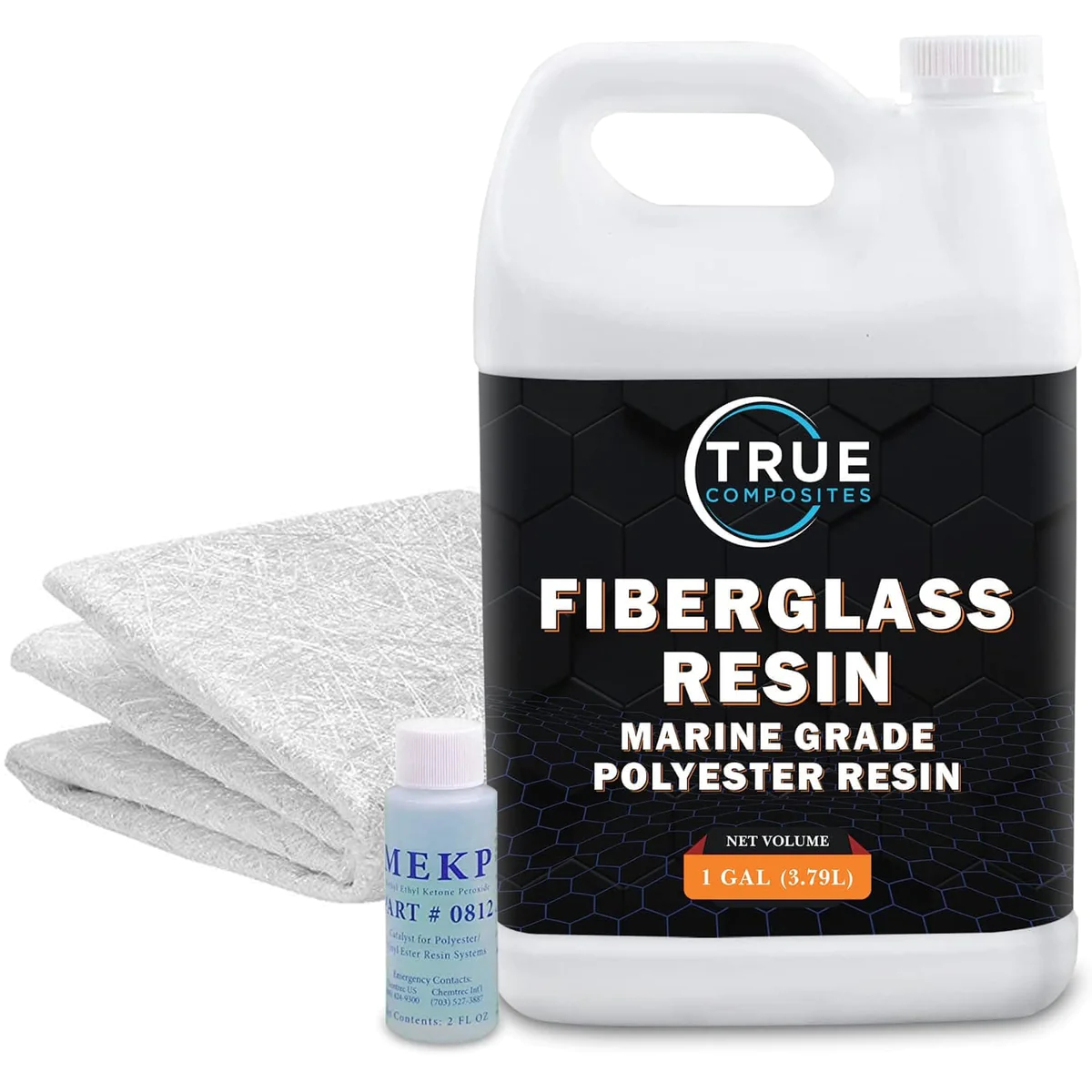Fiberglass is a versatile material known for its strength and durability and is the cornerstone of numerous industries around the world. Among its many forms, fiberglass chopped strand mat stands out for its adaptability and versatility. As a manufacturing company with deep roots in the fiberglass industry, Raeting understands the importance of precise control of resin dosage when using fiberglass chopped strand mats. In this extensive exploration, we delve into the intricacies of resin application, focusing on the ebb and flow between resin and fiberglass mat to produce superior results.
In order to grasp the importance of resin dosage in conjunction with fiberglass mats, some basic questions that often arise in the manufacturing world must be addressed.
How much resin is needed for fiberglass mat?
The amount of resin required for e glass chopped strand mat depends on several factors, including the strength required, the weight of the mat and the intended application. Generally speaking, a 1.5 ounce fiberglass mat roll to resin ratio is considered standard for best results. However, this rate may fluctuate based on specific project requirements and the manufacturer’s expertise.
What is the ratio of resin to fiberglass mat?
Achieving the perfect balance between resin and fiberglass mat is critical to ensuring structural integrity and durability. While there is no one-size-fits-all ratio, a common guideline is to aim for about 50% resin and 50% fiberglass mat by weight. This balance promotes full saturation of the mat while preventing excessive resin buildup that can compromise the performance of the final product.
Can I use epoxy on fiberglass chopped strand mat?
Yes, epoxies are compatible with fiberglass mats and are often preferred for their excellent bonding properties and resistance to moisture and chemicals. The epoxy resin forms a strong bond with the fiberglass, increasing the overall strength and longevity of the composite. However, when working with epoxy, it is crucial to follow the manufacturer’s recommendations and ensure proper ventilation, as it may give off harmful fumes.
Which resins are incompatible with chopped strand mat?
While epoxies are a common choice for fiberglass chopped strand mat, polyester resins are generally not recommended for use with chopped strand mats. Polyester resins tend to shrink during the curing process, causing fiberglass composites to potentially warp and deform. Additionally, polyester resins may have poor adhesion to fiberglass, compromising the structural integrity of the final product.
How do you apply resin to a fiberglass mat?
The process of applying resin to 1.5 oz fiberglass mat requires precision and careful attention to detail. Here’s a step-by-step guide:
- Prepare the Surface: Ensure that the surface to which the fiberglass mat will be applied is clean, dry, and free of any contaminants or debris.
- Cut the Mat: Measure and cut the fiberglass mat to the desired dimensions, taking into account any curves or contours of the surface.
- Mix the Resin: Follow the manufacturer’s instructions to mix the resin and catalyst thoroughly. Use a clean container and stirrer to ensure proper blending.
- Apply the Resin: Using a brush or roller, evenly apply a thin layer of resin onto the surface. Avoid saturating the mat too quickly to prevent excessive resin buildup.
- Lay the Mat: Carefully place the 450g fibreglass matting onto the resin-coated surface, ensuring full coverage and proper alignment.
- Saturate the Mat: Using a brush or roller, gently press down on the fiberglass mat to saturate it with resin. Work methodically to remove any air bubbles and ensure uniform saturation.
- Repeat as Necessary: Depending on the project requirements, apply additional layers of fiberglass mat and resin as needed, allowing each layer to cure before proceeding.
- Cure the Composite: Allow the composite to cure according to the resin manufacturer’s specifications, ensuring adequate ventilation and temperature control throughout the curing process.
By following these steps meticulously and maintaining precise control over the resin dosage, manufacturers can achieve optimal results in terms of strength, durability, and overall quality.
In Conclusion
In the realm of fiberglass manufacturing, achieving precise control over resin dosage is paramount for ensuring the integrity and performance of the final product. By understanding the nuances of resin application in conjunction with fiberglass chopped strand mat, manufacturers can overcome challenges and unlock new possibilities in product development and innovation. At Raeting, we remain steadfast in our commitment to providing high-quality fiberglass mat rolls and resin solutions, empowering our clients to realize their vision with confidence and precision.
Post time: Feb-16-2024

